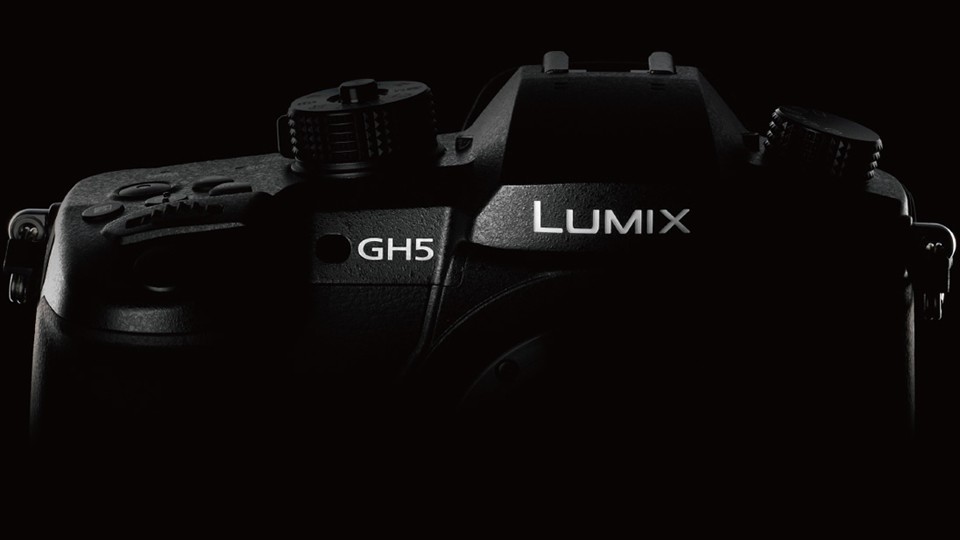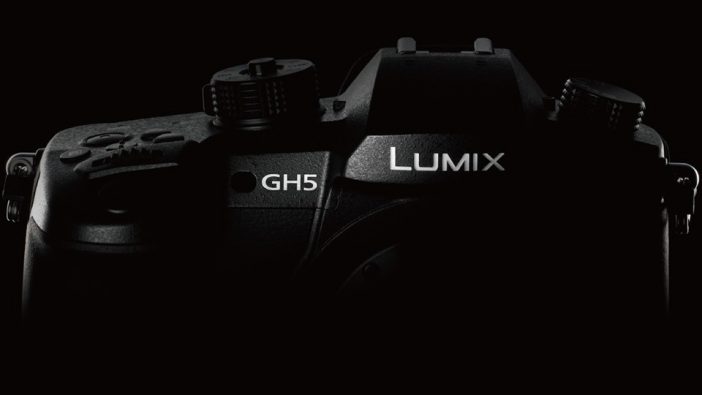
Last week I decided to look into Cinema5D’s claim that the Panasonic GH5 was “unusable”.
Claims the camera outputs faulty 10bit footage,with huge chunks of missing bit-depth – can we believe that?
Now they have responded.
Says Sebastian Wöber of Cinema5D: “I am not worried about the results of our tests as I have no doubt they are correct, thoroughly researched and executed. But the aftertaste in the comments leaves me truly disappointed in our community of filmmakers.”
If Sebastian feels disappointed with the filmmaking community, I can ensure him we’re just as disappointed in him. I just don’t get inspired by Cinema5D and the pretentious facade of pro videography snobbery. There are stories to shoot, creative fun to be had. It’s not all about calling yourself a pro and getting paid.
Seb, Nino and Johnnie meanwhile claim to be impartial while flitting from one trade show to the next, meet marketing person after person. I wouldn’t be surprised to find out that one of the reasons they framed the H.264 compression as a bug or a bit-depth problem was to get Panasonic to sit up and take notice of their feedback, forming a closer relationship between Cinema5D and the manufacturer.
Meanwhile actual long-time Panasonic GH1, GH2, GH3, GH4 shooters are left to rely on these Lumix novices for purchasing advice whereas EOSHD, long time advocator of these cameras doesn’t even get sent a demo unit. That’s not sour grapes from me. It’s a travesty. A real insult to this whole community and the way Panasonic has failed to support it.
Of course 10bit is quite a big part of the appeal of the Panasonic GH5 and what sets it apart from the 8bit Sony 4K cameras, so it’s important to get these tests right.
They didn’t get it right –
- Compression wasn’t tested as a factor in the blotchy skin problems which they claim makes the camera unusable and a simple 2 minute test via the uncompressed HDMI output wasn’t used to exclude the impact of the internal H.264 codec at 150Mbit. They blamed it on 10bit regardless.
- The NLE wasn’t excluded as a factor in the image. Instead just one NLE was used for the test (Final Cut Pro X). Running the files through DaVinci Resolve which has high performance for 10bit grading and LUTs in addition to their usual NLE would have helped eliminate potential FCPX-related issues.
- The problems were pretty obviously compression related by the appearance of macro blocking. Regardlessly they blamed it on “missing bit-depth”.
- In my opinion they are trying to get into Panasonic’s knickers. Sadly Panasonic have an obligation to respond now. They will probably put out a statement to the effect of ‘they are looking into any issues’. They will probably have to go on a PR charm offensive too and invite Cinema5D to a debrief which is of course exactly the position Cinema5D want to be in, as close to the manufacturers as possible…Instead of just being straight with everyone and saying that you can’t expect RAW performance from a compressed video file… but that wouldn’t be as click-worthy.
I know a lot of people who cancelled their pre-orders after reading Cinema5D describe 10bit V-LOG is “unusable”. These people should definitely reconsider.
I have loved the last 7 years of writing my blog, EOSHD and being involved with this great industry and the Panasonic cameras have been a huge motivation for me to help with my knowledge any way I can.
I can’t think what Cinema5D or Nino Leitner has done for the enthusiast video community, as they have been advocating more and more expensive pro cameras from the very start – Cinema EOS, Sony FS7, not to mention literally shutting down parts of the DSLR community in the form of the burgeoning Cinema5D forum. A big chunk of the early DSLR video scene disappeared with the closing of that forum and the sacking of Hollywood-based Jared Abrams also left a bitter aftertaste for me. A community of enthusiasts and filmmakers telling you your test is wrong? Not so bitter aftertaste.
Like I say, I have loved my time writing EOSHD but I am thinking I might soon stop. What has tainted it has been the sheer snobbery of some of that pro-video industry. The poor attitude so many pro videographers in particular seem to have towards newcomers and enthusiasts and artists.
It’s sad that these people feel they must use their professional status as a mallet to hit much more talented video artists over the head with, claiming that the only opinions that matter in the artistic filmmaking community comes out of the mouths of pros shooting chocolate confectionary and corporate sales pitches with a C700.





